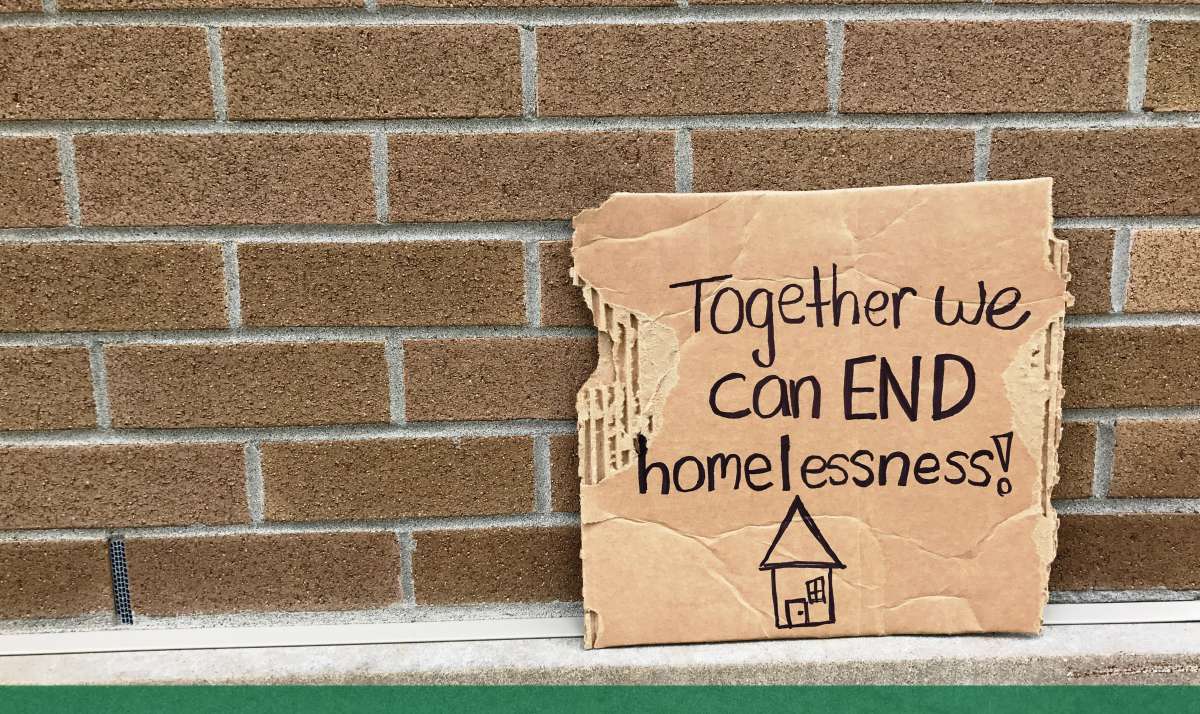
The new emphasis on preventing homelessness is an approach quite different from the previously adapted strategy of minimizing the numbers of homeless people.
The popular claim that says “prevention is better than cure” is the motivational idea behind this shift of approach.
The concept of homelessness prevention is a well-developed strategy believed to adequately and quickly reduce the risk of people becoming homeless in the very first place.
This new proposal is not a contradiction to or a replacement for the housing programs that are still given topmost recognition to be the concrete solution to the problem of homelessness.
Homelessness prevention is intended to complement the said housing programs because policy implementers have realized that managing the problem through crisis response alone will not significantly end homelessness. In other words, intervention policies should be geared first towards prevention policies, then accompanied by emergency services and housing supports.
The homelessness prevention strategy needs to be clarified as to what it means exactly given the ambiguity of the term. To do this, it is very important to know as to what precisely the prevention services try to prevent.
The prevention policy framework has categorized the causes of homelessness into structural, systemic, and individual. This framework contends that the extent of homelessness these three factors can cause to people can be easily controlled if they are earlier prevented. For instance, if poverty is seen as the cause of homelessness, then prevention efforts will focus on resolving poverty itself.
A policy framework with prevention-oriented approach is the definitive means to finally end homelessness. Addressing the problem of homelessness before it has occurred is way more sensible than helping people after they have lost their homes.
It is always best to confront the homelessness problem through prevention services before it can turn into a chronic one.
